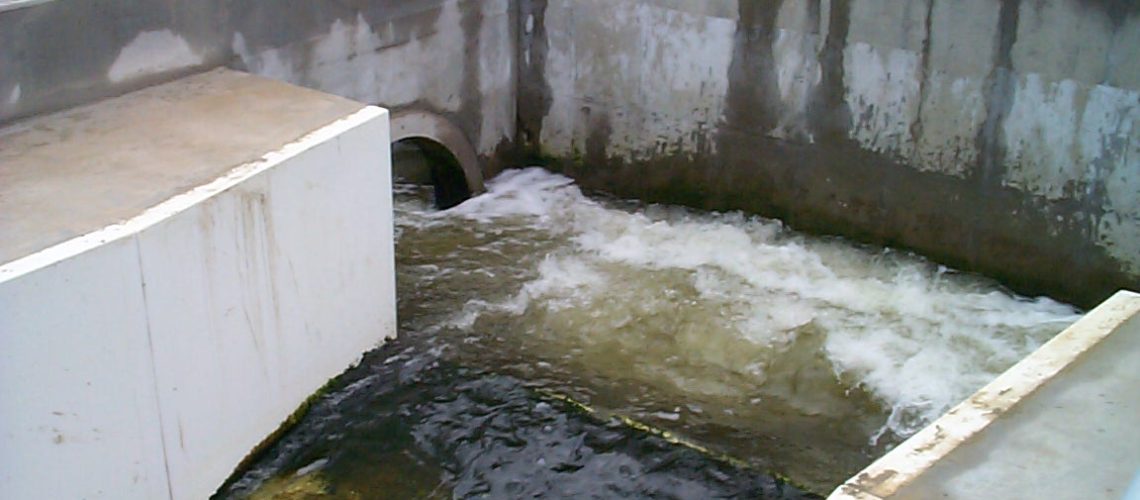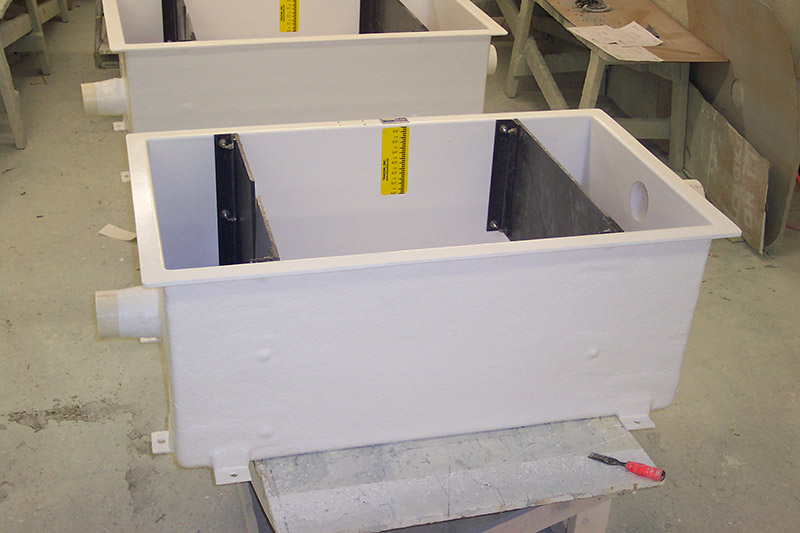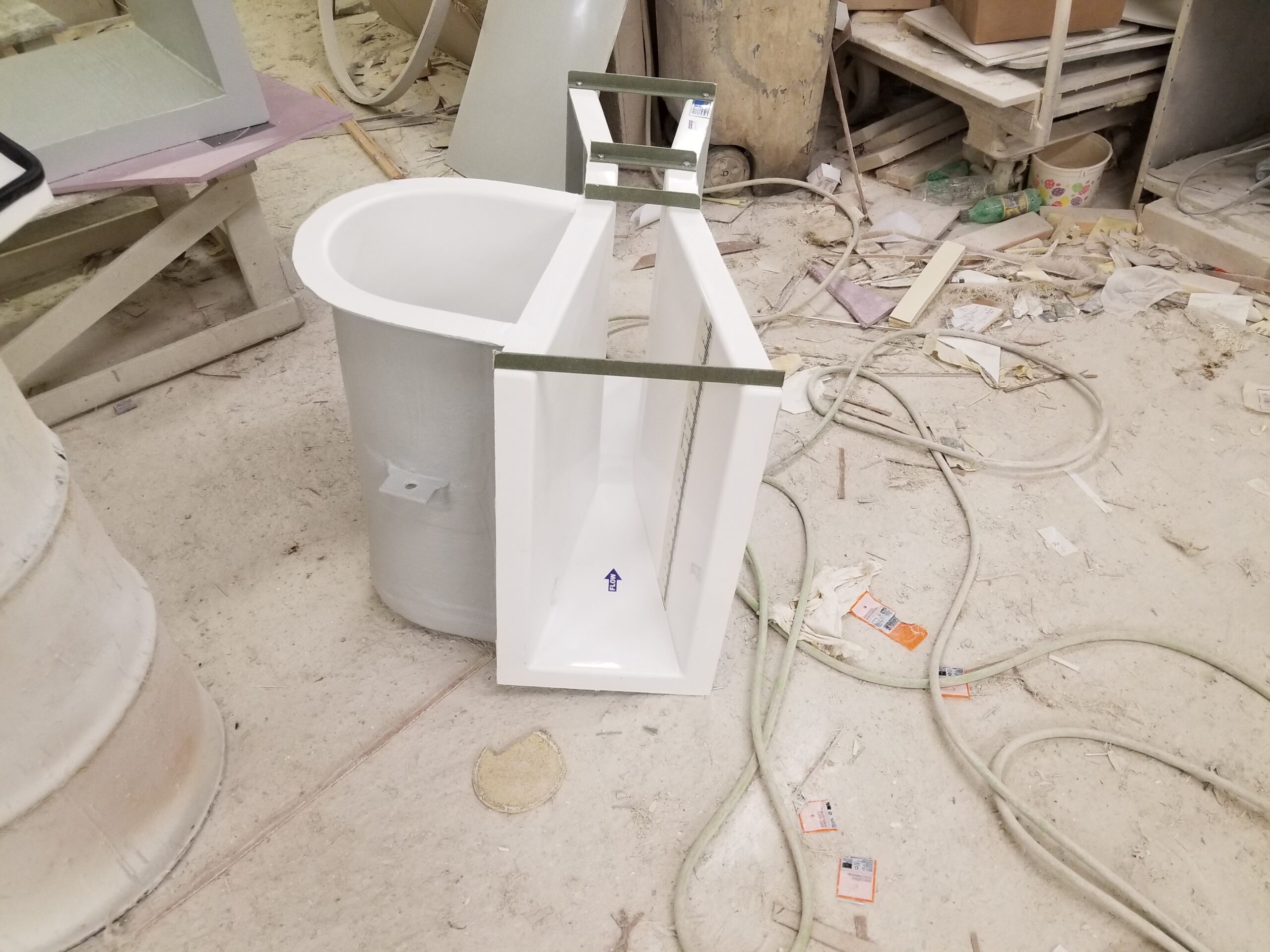Foam can be a serious problem in both flumes and weirs to the point where it significantly throws off your readings or makes them outright impossible to take. If you’re dealing with foam, you’ll need to take steps to ensure that it doesn’t get in the way of your readings. Learn how to deal with foam and keep it out of your flume or weir.
Types of Foam
To understand how to approach the problem of foam, you’ll first have to recognize which kind of foam you’re dealing with. Chemical foams are what most people picture when they think of foams, as they’re white and fluffy, and tend to collapse when touched. These foams form, as the name suggests, due to the presence of various chemicals in the flow.
You also may run into biological foams. These foams are typically sticky and slimy while sporting an off-white or brownish color to them. They form due to the presence of fat, oil and/or grease in the flow. Hydrocarbons can also cause biological foams to form. Proteins and starches can cause this kind of foam too, which is why it’s a problem in applications for bakeries.
How Foam Affects Measurements
The presence of foam can throw off your measurements significantly no matter what you’re using to measure with. It hits ultrasonic flow meters the hardest, however, because the foam will cause the meter to misread the surface of the foam as the surface of the flow. This will significantly throw off the measurements, and it’s hard to account for because the height of the foam can vary wildly as it passes underneath the meter.
Some meters like bubblers can be used to get around foam, but they don’t always work. Bubblers in particular are vulnerable to biological foams because they can lead to biological growth. Submerged probes are another alternative, but the components of biological foams as well as temperature fluctuations that foams can cause will throw off readings. Plus, retrofitting your device to fit a new kind of meter can be a costly endeavor.
Dealing With Foam
To take care of your foam problem, you’ll first need to analyze what kind of foam you’re dealing with. If you’re facing chemical foam, the solution is typically fairly simple. All you have to do is apply a defoaming agent to your flume or upstream of your flume depending on the source of the problem. Additionally, anti-foaming agents can be used before the source of the foam to prevent it from forming again after the initial problem is dealt with.
Biological foams are typically tougher to deal with because they’re resistant to foam control products. There are solutions, however, such as installing a stilling well. Measuring in the well lets you take readings of flow rate while bypassing the foam. Underflow baffles also let you avoid foam by stopping it before the point of measurement.
Measurement Devices From Tracom
Now that you know how to deal with foam, you can optimize your flume or weir box. At Tracom, we offer a wide variety of flow rate measurement devices, or you can work with our team to create a custom device specially fit for your unique flow channel conditions. Contact us today to learn more!





